Panchoville was settled as a crossing on Bayou Nezpique, a tributary of the Mermentau River. The name Panchoville, comes from the word "paincourtville." In French, "paincourt" means "short bread." Oral history has it that down the road from the crossing was an old woman who made the most fantastic bread that was short in size and loved by all. The name Panchoville is likely a transliteration by a Spanish surveyor, who heard Paincourtville and wrote the name on the map as he heard it.
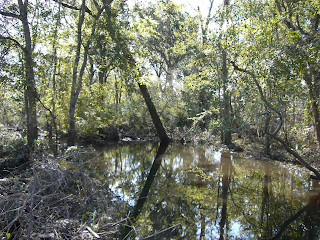
The trail between Opelouses and Texas had come to this spot on Bayou Nezpique because an underwater bridge made the bayou passable at that spot. This was before the bayou had been dredged and its banks and path tamed. This crossing was used at one time or another by natives, travelers, troops, outlaws, cattlemen, and eventually, settlers. The bayou was once used by loggers in the forests to the north to run their timber to the Gulf. With all the passing lumber, it was only natural for sawmills to pop up along Bayou Nezpique. For a time, the crossing at Panchoville also had a sawmill on its west bank.
When Bayou Nezpique was settled on the east bank, it was known as Vitterbo Crossing. Mr. Vitterbo built a general store, which had a postal stop up from Millerville in Acadia Parish, and a ferry crossing at the spot. The store was later owned by Leon Hebert.
As with most waterways in Southwest Louisiana, Panchoville also has its own Lefitte-lore. Oral history tells that pirate Jean LeFitte, sensing danger of being caught, decided to take to the land at Vitterbo Crossing and buried his contraband on the banks of Bayou Nezpique in Panchoville. Since, there have been many excavations with no luck.
Three hundred years ago, native-Indians lived on the banks of Bayou Nezpique. The banks of Bayou Nezpique are said to be where Acadians first built sod homes along the tree lines in the Hathaway area. They raised cattle and harvested Providence rice. Panchoville is also said to be where the first dance hall in Hathaway was located. In the first-half of the 20th Century, many dance halls were opened for a unique Cajun-style entertainment for area residents to enjoy. Presently, the dance halls are long gone and Panchoville is a close-knit rural community on the prairie adjoined to the west bank of Bayou Nezpique and part of a community in the Hathaway area.
Before area one-room school houses were consolidated into Hathaway, Panchoville was served by two schools: Nubbin Ridge school and Crochet school. Bertrand Cemetary is located in Panchoville.
Below is the 1899 right-of-way for Crochet Road and Theo Road.

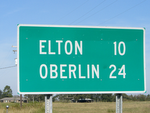
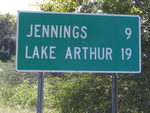
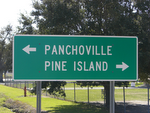
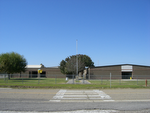
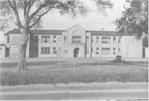
1 comment:
Kenneth Ardoin, I remember the Ponderosa Club was in Panchoville, It was located in the woods 1 mile south of 102 at the Hetzals house. You had to take a dirt road along the irrigation cannel about 5 miles into the woods going east. I am not sure when it was built, but I do know it had to be somewhere in the 1900 or earlier, My Grandfather and Grandmother use to go there and take the kids for a Fay-Dou-Dou and the kids would stay outside and play in the woods until it was time to go home. I was one of the kids in the 60's that would go with my Mom and Dad to the club and we had a wonderful time. These are the days to remember.
Post a Comment